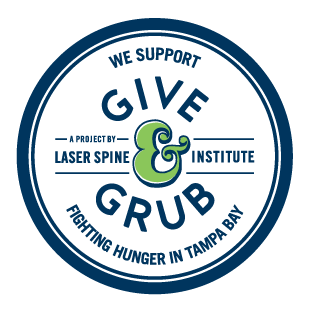 Photo Credit: Prevent Needless Death
Photo Credit: Prevent Needless Death
Expecting a child can feel overwhelming: There’s a lot to learn in the months before your baby arrives. Your obstetrician and pediatrician are excellent resources for caring for your baby and keeping them healthy, but they may not tell you how to keep your child safe in your home.
Parents and caregivers often think preventable tragedies won’t happen to their family, but sadly, accidents can happen to even the most attentive parents and caregivers. In 2018, 33 children in Hillsborough, Pinellas and Pasco counties died from unsafe sleep, accidental drowning or abusive head trauma (also known as shaken baby syndrome).
These deaths are 100 percent preventable. Learn and share these life-saving tips for safe sleep, water safety and safe stress relief.
Safe sleep
The safest way for infants to sleep is Alone, on their Backs, and in a Crib. Your infant’s crib mattress should be firm and fit snugly inside the crib’s frame, and a fitted sheet should fit tightly around the mattress. Crib bumpers, stuffed animals, toys, sleep positioners, pillows and blankets increase the risk for suffocation and should remain outside of the crib.
Place your baby’s crib or a bassinet in your room while they are an infant. It offers the same benefits of bonding without the risks.
More infants die in adult beds than anywhere else. Infants are 40 times more likely to die in an adult bed than in a crib. They can get stuck in blankets or pillows, and without control of their neck muscles, can lead to suffocation. Anyone sharing the bed with the infant can also accidentally roll over and suffocate the child – this includes adults, other siblings or even pets.
Safe stress relief
Surprisingly, parents are most often responsible for causing injury or death from shaking a baby. As stress levels rise, parents and caregivers may shake their baby out of frustration, causing permanent injury or death.
The parent or caregiver does not mean to cause abusive head trauma, but they lack the knowledge or skills to cope with a stressful situation. Shaking an infant or young child – even once – can be fatal.
Crying is normal for babies – it’s how they communicate. A baby may cry because they are hungry, need a diaper change, are teething, are too hot or too cold, or because they’re simply over-tired. Prepare for and prevent situations that might cause your child to cry, and attempt to soothe your baby.
Know that it’s okay to take a time out. If a crying child becomes frustrating, leave the child safely on their back in the crib and step out of the room to regroup. Stepping away reduces the chance of stress leading to a dangerous situation. Check on the child every few minutes to ensure they’re still safe.
Make time for yourself by getting a trusted caregiver to watch your baby. Make sure your caregiver also understands it’s ok to put the baby down safely for a few moments if they need a break.
Water safety
The best protection against an accidental drowning is supervision. Children can drown in as little as 20 seconds, and without splashing or calling out for help. Designate a “water watcher” who pays close attention while children are near water.
Install door alarms that alert you when your child goes outside your home. Most children who drown in a nearby pond or pool were last seen inside the house, and caregivers thought the children were napping or playing inside.
Add pool and yard fences with self-closing gates and locks, which can keep a crawling or walking child from reaching the water. Check pool fences for tears and damage – like a small tear that a child could fit through – that need to be repaired.
Understand that there are hidden hazards in the home too. Children can drown in as little as one inch of water, which means that a pet’s water bowl, toilets, buckets with water, and bath tubs all pose a threat.
Unsafe sleep, abusive head trauma and drowning are the top preventable deaths among babies and young children in the Tampa Bay area. For more information on how to keep kids safe, visit PreventNeedlessDeaths.com.
(The review is written by the Children’s Board of Hillsborough County, Florida Department of Children and Families and PreventNeedlessDeaths.com campaign and shared on my blog for awareness.)



0 Comments